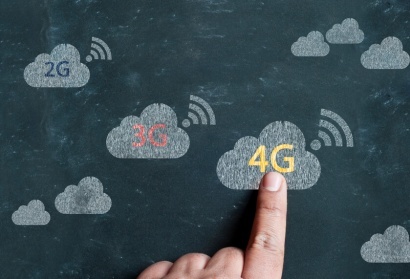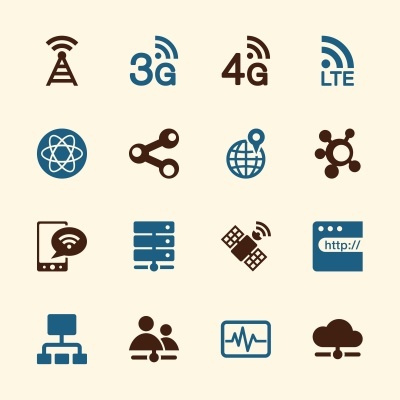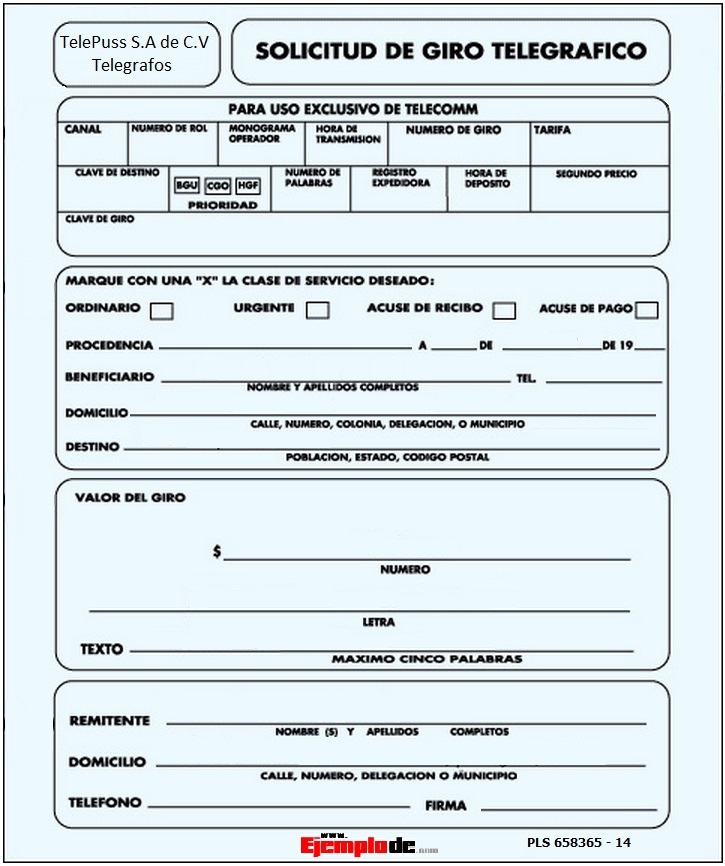Definition of GSM, 3G, 4G, EDGE
Miscellanea / / July 04, 2021
By Guillem Alsina González, in Jun. 2016
 First, connectivity to Internet it came from the hand of a cable to our computers, and then it was wireless, also to our computers... and to our cell phones. 2G, 3G, 4G... and the future 5G are acronyms to which we have already become accustomed, but what do they mean?
First, connectivity to Internet it came from the hand of a cable to our computers, and then it was wireless, also to our computers... and to our cell phones. 2G, 3G, 4G... and the future 5G are acronyms to which we have already become accustomed, but what do they mean?
GPRS, the analog age
The first generation of mobile telephony was analog and, so that through the archaic - at least this is how we can see them today in day- terminals of the early 1980s could circulate data (using them as modems for computers), the GPRS standard was created (General Packet Radio Service), which what it does is encapsulate the data packets in analog radio communications.
The analogy would be the task that the old modems did to connect us to the Internet from our computer, transferring digital information through an analog network, having to convert it to a Format determined before sending it, and decoding it at the other end of the transmission.
The GPRS allowed speeds that were between 56 and 114 kbps, really like any modem that at the time we could have at home.
2G and EDGE, The digital age
It was the time when mobile telephony began to emerge among consumers, and luckily for everyone, the digital age and the so-called 2G quickly arrived. To voice services were added data services through GPRS and also a new technology christened EDGE (Enhanced Data Rates for GSM Evolution).
The velocity of this it exceeded that of the GPRS, 384 Kbps, but to be distributed between uploads and downloads.
3G and HSUPA, a matter of speed
3G came at a time when the mobile phone had already become popular, and the existential doubt of consumers about it was not “Do I buy it or not?" otherwise "once bought what will I be able to do with it?”.
The speed it allows ranges from 64 to 384 kbps up and down, and is based on the UMTS standard (Universal Mobile Telecommunications System) already fully digital not only for data, but also for voice.
 HSDPA (High Speed Downlink Packet Access) is a evolution of the previous technology, still within the framework of 3G (that is why it was known as 3.5G or 3G +) that allows connections at 14 Mbps.
HSDPA (High Speed Downlink Packet Access) is a evolution of the previous technology, still within the framework of 3G (that is why it was known as 3.5G or 3G +) that allows connections at 14 Mbps.
The HSUPA (High-Speed Uplink Packet Access) goes one step further, offering up to 7.2 Mbit / s upload speeds.
4G and its technological impact
But what caused a real revolution It was 4G, which is not yet available worldwide, with many areas only enjoying 3G at the most.
100 Mbps download and 50 Mbps upload are responsible for providing the powerful smartphones of today in day all the data flow that the complete apps that we can have installed in our terminals.
Photos: iStock - triloks / Rakdee
Topics in GSM, 3G, 4G, EDGE

